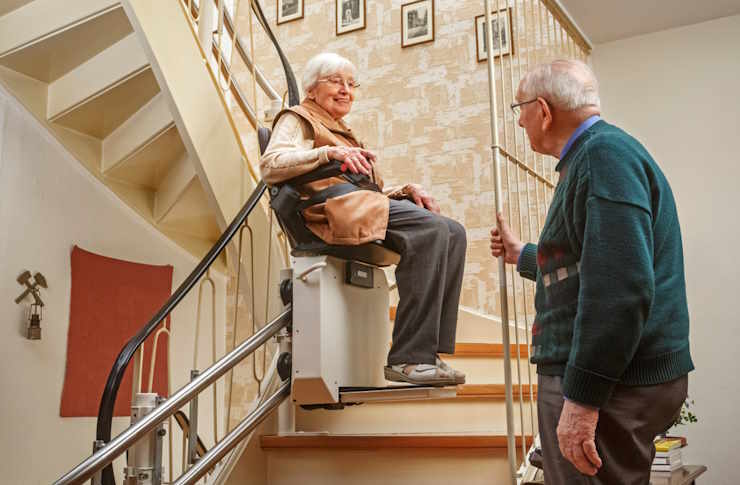A Comprehensive Guide to Senior Apartments: Options, Costs, and Benefits
As our population ages, the demand for specialized housing solutions continues to grow. Senior apartments offer a perfect blend of independence and community living, designed specifically for older adults seeking comfortable, manageable living spaces. These purpose-built residences combine accessibility features with social opportunities, creating an ideal environment for active seniors looking to maintain their independence while enjoying enhanced security and amenities.

Financial Planning Considerations for Senior Housing
Making the transition to senior housing requires careful financial planning. Many financing options are available, including retirement savings, social security benefits, and long-term care insurance. Some seniors choose to sell their existing homes to fund their move to a senior apartment, while others may qualify for government assistance programs or veterans’ benefits to help cover housing costs.
Key Features of Senior-Friendly Housing
Modern senior apartments incorporate numerous design elements that cater to elderly residents’ needs. These typically include:
-
Single-level living spaces
-
Enhanced lighting systems
-
Non-slip flooring
-
Grab bars in bathrooms
-
Emergency call systems
-
Elevators and wheelchair accessibility
-
Security systems and controlled access
Choosing the Right Senior Living Option
| Housing Type | Level of Care | Monthly Cost Range |
|---|---|---|
| Independent Living | Minimal support | $1,500 - $3,500 |
| Assisted Living | Moderate assistance | $3,000 - $6,000 |
| Senior Apartments | Independent living | $1,000 - $3,000 |
| Active Adult Communities | Independent living | $1,500 - $4,000 |
Prices, rates, or cost estimates mentioned in this article are based on the latest available information but may change over time. Independent research is advised before making financial decisions.
Creating a Supportive Environment for the Elderly
Senior apartments often incorporate community spaces and organized activities to combat isolation and promote social engagement. These might include:
-
Regular social events and gatherings
-
Educational programs
-
Exercise classes
-
Community gardens
-
Game rooms and entertainment areas
-
Transportation services for shopping and medical appointments
The decision to move into a senior apartment represents an important lifestyle choice that can provide both independence and security. While the transition may seem daunting, the benefits of purpose-built senior housing – including accessible design features, community support, and dedicated amenities – often lead to an enhanced quality of life for older adults. By carefully considering location, amenities, costs, and available support services, seniors can find the perfect balance between independence and assistance in their new home.




